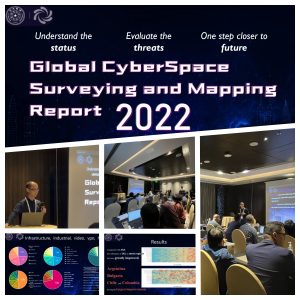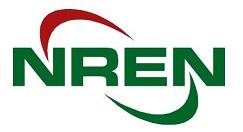
Cyberspace Surveying and mapping is an emerging discipline with the fast development of cyberspace, it helps people measure and understand cyberspace. However, there are still many difficulties in data acquisition, terminology definitions and mapping methods at present. On March 14, the 55th Academic Conference of the Asia Pacific Advanced Network Society (APAN) opened in Kathmandu, Nepal, the Joint Research Center for Cyberspace Mapping (JRC) of Institute for Network Sciences and Cyberspace in Tsinghua University released the first public “Global Cyberspace Surveying and Mapping Report”.
The released “Global Cyberspace Surveying and Mapping Report” covers the distribution of global city cyberspace assets and their security, global network routing system robustness and security. The report finds that the distribution of network assets reflects the economic developing pattern in a nation. For example, the number of network assets in Hanoiand Ho Chi Minh City in Vietnam is similar, indicating a parallel development. As for Internet assets security, Hong Kong, Los Angeles, New Delhi rank the top 3 secure cities in the world. This shows that “cities with more Internet services may not be more secure than cities with less Internet services, with appropriate protection, security risks will be significantly reduced.”
The network resilience is the capability to tolerate partial failure for regional networks. The report finds that compared with 2020, the reginal network resilience of 2022 is greatly improved in most regions, indicating a considerable attention have been paid in routing system. Moreover, most routing prefix hijacking events have little impact due to the continued growth of global RPKI (Resource Public Key Infrastructure) deployments. Even though routing system is still facing various threats, there have been a lot of progress made recently.
Prof. Jilong Wang indicated that, our understanding of cyberspace is actually very limited, and cyberspace mapping is an important means to understand and present cyberspace. He said, this report is an attempt to show cyberspace from a global perspective, though still relatively limited, this is a good start. He looks forward to continuously improvement and through more extensive industry-academia-research cooperation, more constructive progress could be made in cyberspace surveying and mapping around the world.
